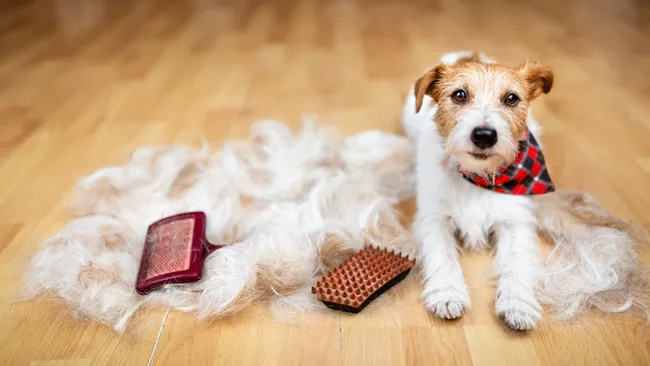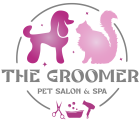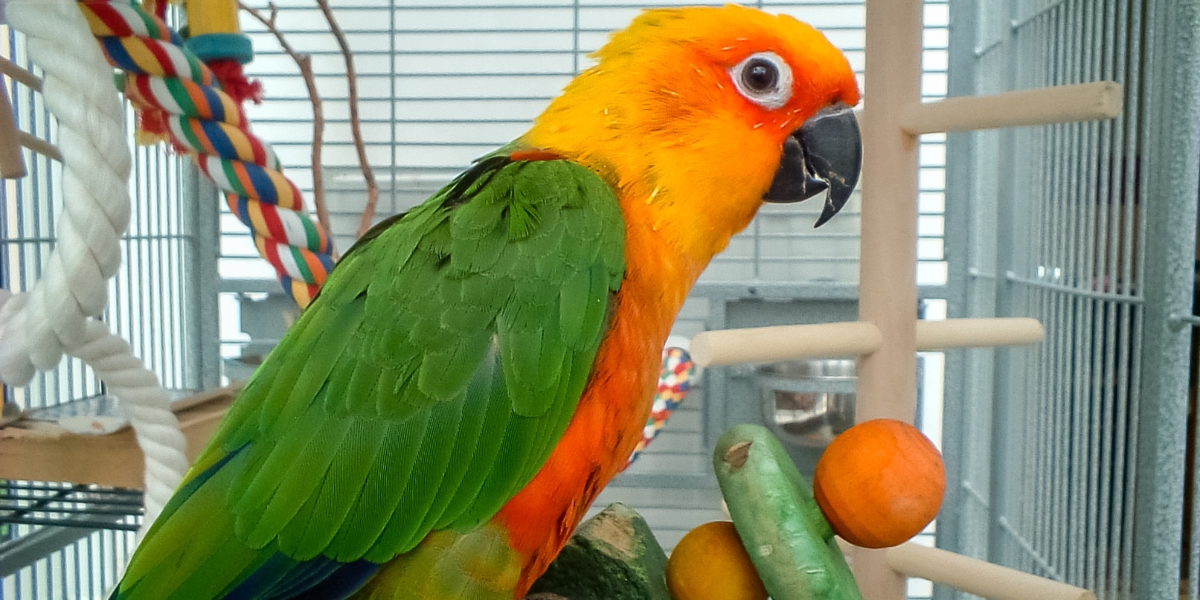If you’re a bird parent, you already know that parrots, budgies, cockatiels, and even finches are more than just decorative cage ornaments. They’re full of personality, habits, and needs and grooming is a major part of keeping them happy and healthy. Let’s be real, no one wants a cranky parrot with overgrown claws or a molting cockatiel shedding dander like it’s snowing inside your house.
This guide cuts the fluff and gets into the gritty essentials of bird grooming. From nail trimming to preening issues, we’ll walk through what’s necessary, what’s overkill, and how not to get pecked in the process.
Why Grooming Isn’t Optional (Even If Your Bird Hates It)
Birds in the wild take care of themselves — they wear down their beaks by chewing bark, keep nails short by climbing, and stay clean through daily preening. In captivity? Not so much. Your cockatoo doesn’t have access to eucalyptus trees or sandpaper branches.
Neglecting grooming can lead to:
- Overgrown nails causing balance and grip issues
- Beak deformities or injuries
- Skin infections due to clogged feather follicles
- Stress from feather buildup and discomfort
Regular grooming prevents health issues and makes your bird way more pleasant to be around. Also, let’s not forget your furniture and arms will thank you.
Beak Maintenance: Not Just a Cosmetic Thing
Your bird’s beak is like a Swiss Army knife — used for eating, playing, climbing, and biting (hopefully not you). A healthy beak is symmetrical, smooth, and naturally worn down through chewing toys and perches.
Signs of overgrowth or beak issues:
- Uneven or scissored beak
- Cracks, chips, or flaky texture
- Difficulty eating or biting
What to do:
- Offer natural chew toys (like balsa wood, coconut husks)
- Install calcium blocks and beak conditioners
- If it’s seriously overgrown, don’t DIY. Visit an avian vet — this isn’t something your nail cutter can fix.
Expert Insight: According to Dr. Laurie Hess (Board-Certified Avian Vet), “An overgrown beak may indicate liver disease or nutritional deficiency. It’s not just about trimming — it’s about finding the root cause.”
Nail Trimming: No, Scratching You Isn’t a Sign of Love
Birds use their claws for gripping, climbing, and even self-defense. But when they get too long, they can snag on toys, scratch you up like a cat on espresso, or distort the foot’s natural shape.
How to trim safely:
- Use small animal nail trimmers or bird-specific clippers
- Have styptic powder or cornstarch handy (in case you hit the quick)
- Wrap the bird gently in a towel — you’re not wrestling, just calming
If your hands shake at the thought, let a groomer or avian vet do it.
Tip: Install textured perches (like cement or pedi-perches) to naturally wear down nails.
Feather Care: More Than Just Looking Pretty
Preening is a bird’s self-care ritual. But when things go wrong — like over-preening, feather plucking, or greasy buildup — it’s time to step in.
What’s normal:
- Daily preening
- Occasional molting
What’s not:
- Bald patches
- Bloody feathers (could be a broken blood feather)
- Constant chewing or feather-pulling
What to do:
- Provide daily mist baths or a shallow water dish
- Use bird-safe sprays (avoid anything with alcohol or strong fragrances)
- Give them foraging toys and mental stimulation to prevent stress-induced plucking
Fun Fact: Feather plucking isn’t always behavioral. Sometimes it’s linked to poor diet or parasites. Again, when in doubt — vet it out.
Bathing: Yes, Your Bird Needs a Shower Too
Contrary to what many first-time bird owners believe, birds need regular baths. It keeps feathers clean, prevents skin dryness, and even improves mood. Think of it as spa day, minus the scented candles.
Options for bathing:
- Misting with a spray bottle
- Shallow dish baths
- Shower perches (yes, some birds LOVE joining you in the shower)
How often?
- A few times a week, depending on species and climate. Dry environments may need more frequent misting.
What NOT to use:
- Soap
- Cold water
- Force (if your bird hates it, try again another time — don’t turn it into a trauma scene)
Wing Clipping: The Most Debated Topic in Bird Grooming
Some people are all for it, others are dead against it. Wing clipping, when done right, limits flight ability without completely grounding the bird.
Pros:
- Prevents crashes into windows and ceiling fans
- Easier to manage outdoors (but never 100% safe — no free-flying outside!)
Cons:
- Can affect muscle development
- Might impact confidence or natural behaviors
If you choose to clip:
- Have it done by a professional
- Avoid severe clipping — aim for limited flight, not zero mobility
Reality Check: Don’t clip because you’re too lazy to supervise. It’s a behavioral decision, not a convenience hack.
Diet and Grooming Go Hand-in-Hand
Shiny feathers and healthy beaks don’t just come from grooming — they start from what’s in the food bowl.
Grooming-friendly foods include:
- Fresh fruits and veggies (dark leafy greens, carrots, apples)
- Quality pellets over seed mixes
- Omega-3 rich seeds (in moderation)
Avoid sugary treats and junk food (yes, even if your parrot begs for a bite of your cookie).
Community Insight: On forums like Avian Avenue, many bird owners have reported dramatic improvements in feather quality and behavior after switching to a fresh, clean diet. So yeah — it matters.
Common Mistakes Bird Owners Make
Let’s just call these out:
- Skipping nail trims until your bird looks like Edward Scissorhands
- Using scented human shampoos
- Ignoring preening changes
- Leaving sandpaper perch covers 24/7 (they’re supposed to be occasional)
- Believing “it’s just molting” when your bird is clearly distressed
Educate yourself, ask avian vets, and follow credible bird care communities.
Final Thoughts: Grooming Is a Bonding Ritual, Not a Chore
Done right, bird grooming becomes part of your relationship with your feathered friend. It teaches trust, builds routine, and shows your bird that you care beyond food and cage cleaning.
Sure, not every grooming session will go perfectly. Some days you’ll get nipped, or your bird will have a meltdown over a mist bath. But consistency is what matters.
What’s Still Unclear? There’s still ongoing debate around best practices for things like wing clipping, feather plucking treatments, and even grooming frequency by species. Keep learning, keep observing, and when in doubt get an avian vet’s take, not just some blog comment.
And remember: A well-groomed bird isn’t just about appearances. It’s about health, comfort, and giving your companion the best life possible one feather at a time.
Recent Post
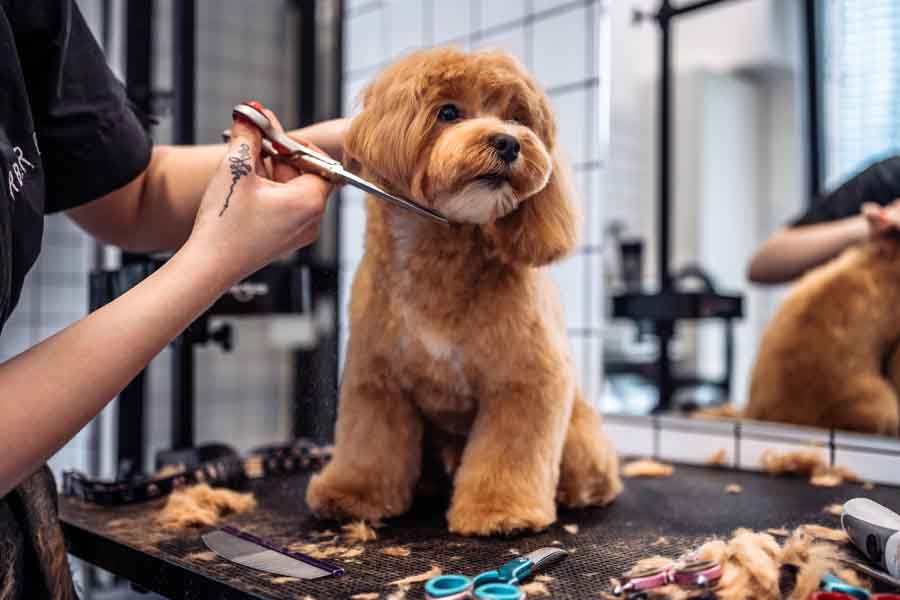
How Professional Groomers Keep Dogs Calm During Grooming
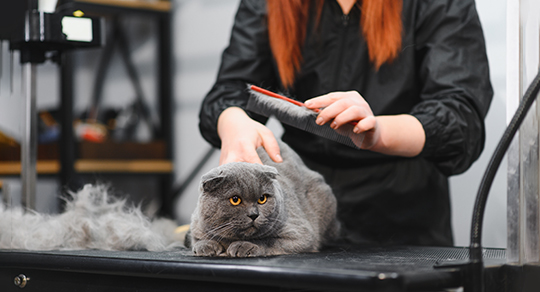
Why Senior Cats Need Special Grooming Care at Home?

Top Benefits of Choosing Professional Mobile Pet Grooming in Dubai and the UAE
